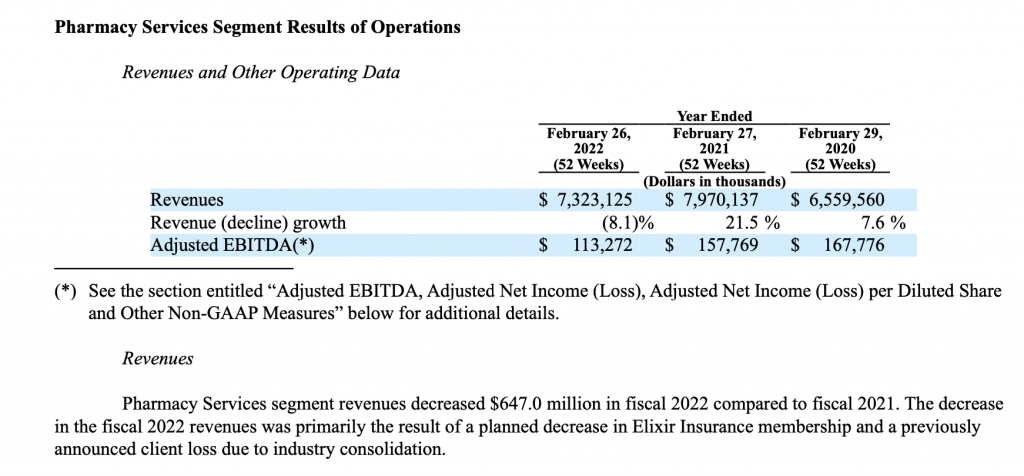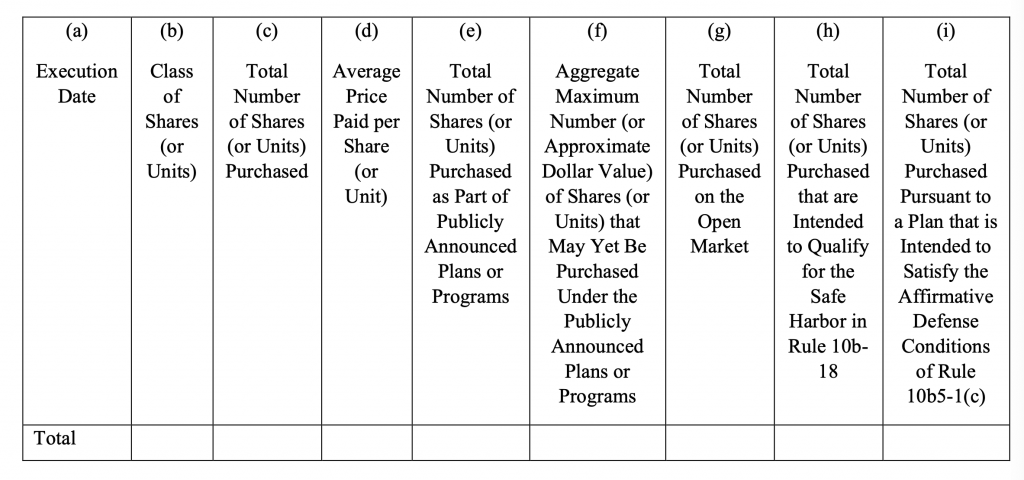Metrics and other key performance indicators present complex disclosure considerations that are similar to issues surrounding the use of non-GAAP measures. It is important to remember that disclosure of metrics may be required, particularly in MD&A. Regulation S-K Item 303 makes this clear:
“The discussion and analysis must be of the financial statements and other statistical data that the registrant believes will enhance a reader’s understanding of the registrant’s financial condition, cash flows and other changes in financial condition and results of operations.”
If management uses metrics and believes this information is important to an understanding of financial condition and financial performance, disclosing metrics could be a necessary part of providing “management’s perspective” as discussed in S-K Item 303:
“A discussion and analysis that meets the requirements of this paragraph (a) is expected to better allow investors to view the registrant from management’s perspective.”
When companies disclose metrics, the SEC focuses on them in almost the same way it focuses on non-GAAP measures. Financial Release 87, issued in 2020, addresses disclosure requirements for metrics and key performance indicators:
“…the company should consider what additional information may be necessary to provide adequate context for an investor to understand the metric presented. We would generally expect, based on the facts and circumstances, the following disclosures to accompany the metric:
-
-
- A clear definition of the metric and how it is calculated;
- A statement indicating the reasons why the metric provides useful information to investors; and
- A statement indicating how management uses the metric in managing or monitoring the performance of the business.
-
The company should also consider whether there are estimates or assumptions underlying the metric or its calculation, and whether disclosure of such items is necessary for the metric not to be materially misleading.”
The Walt Disney Company’s Form 10-K for the year ended October 1, 2022, included an important metric for streaming services, revenue per paid subscriber, along with this narrative:

The average monthly revenue per paid subscriber for domestic Disney+ was comparable to the prior year, as an increase in retail pricing and a lower mix of wholesale subscribers was essentially offset by a higher mix of subscribers to multi-product offerings.
The average monthly revenue per paid subscriber for international Disney+ (excluding Disney+ Hotstar) increased from $5.31 to $6.10 due to increases in retail pricing, partially offset by an unfavorable foreign exchange impact.
The average monthly revenue per paid subscriber for Disney+ Hotstar increased from $0.68 to $0.88 driven by higher per-subscriber advertising revenue and increases in retail pricing, partially offset by a higher mix of wholesale subscribers.
The average monthly revenue per paid subscriber for ESPN+ increased from $4.57 to $4.80 primarily due to an increase in retail pricing, a lower mix of annual subscribers and higher per-subscriber advertising revenue, partially offset by a higher mix of subscribers to multi-product offerings.
The average monthly revenue per paid subscriber for the Hulu SVOD Only service decreased from $12.86 to $12.72 driven by lower per-subscriber advertising revenue, a higher mix of subscribers to multi-product offerings and, to a lesser extent, to promotional offerings, partially offset by an increase in retail pricing.
The average monthly revenue per paid subscriber for the Hulu Live TV + SVOD service increased from $81.35 to $87.62 driven by an increase in retail pricing and higher per-subscriber advertising revenue, partially offset by a higher mix of subscribers to multi-product offerings.
Clearly, the “higher mix of subscribers to multi-product offerings” is a significant issue for Disney. This led the SEC staff to issue this comment focused on the level of detail provided for this metric:
- We note from your disclosure that average monthly revenue per paid subscriber was negatively impacted “by a higher mix of subscribers to multi-product offerings.” Similarly, in your Q4 2022 earnings release furnished on Form 8-K, certain Direct-to- Consumer platforms experienced decreasing quarterly period over period average monthly revenue per subscriber which was attributed to “a higher mix of subscribers to multi-product offerings.” We also noted from your Q4 earnings call, bundled and multi-product offerings now account for over 40% of your fiscal year-end domestic Disney+ subscriber count. It appears that customers participating in bundled and multi-product offerings has both an impact on your subscriber growth and revenues, please enhance your disclosures to include the total customers participating in bundled and multi-platform offerings for the periods presented for both your domestic and international DTC offerings. While your definition of “Paid subscribers” explains that bundled/multi- offering subscribers are counted as paid subscribers for each service listed in the table on page 40, please consider separately quantifying total subscribers for all DTC services in the aggregate and parenthetically highlighting in the introduction to the table that amounts for specifically listed offerings do not aggregate to the number of total DTC subscribers. (April 4, 2023)
The company’s response was direct and to the point:
The Company appreciates the Staff’s comment and respectfully advises that in future filings, starting with its next quarterly report, the Company will enhance its disclosure to include total customers participating in our bundled and multi-platform offerings for the periods presented for our domestic and international offerings, as requested by the Staff. The Company will also consider separately quantifying total subscribers for all DTC services in the aggregate and parenthetically highlighting that amounts for specifically listed offerings do not aggregate to the number of total DTC subscribers in future filings, as requested by the staff.
After this response CorpFin issued their normal closing letter.
As always, your thoughts and comments are welcome.

